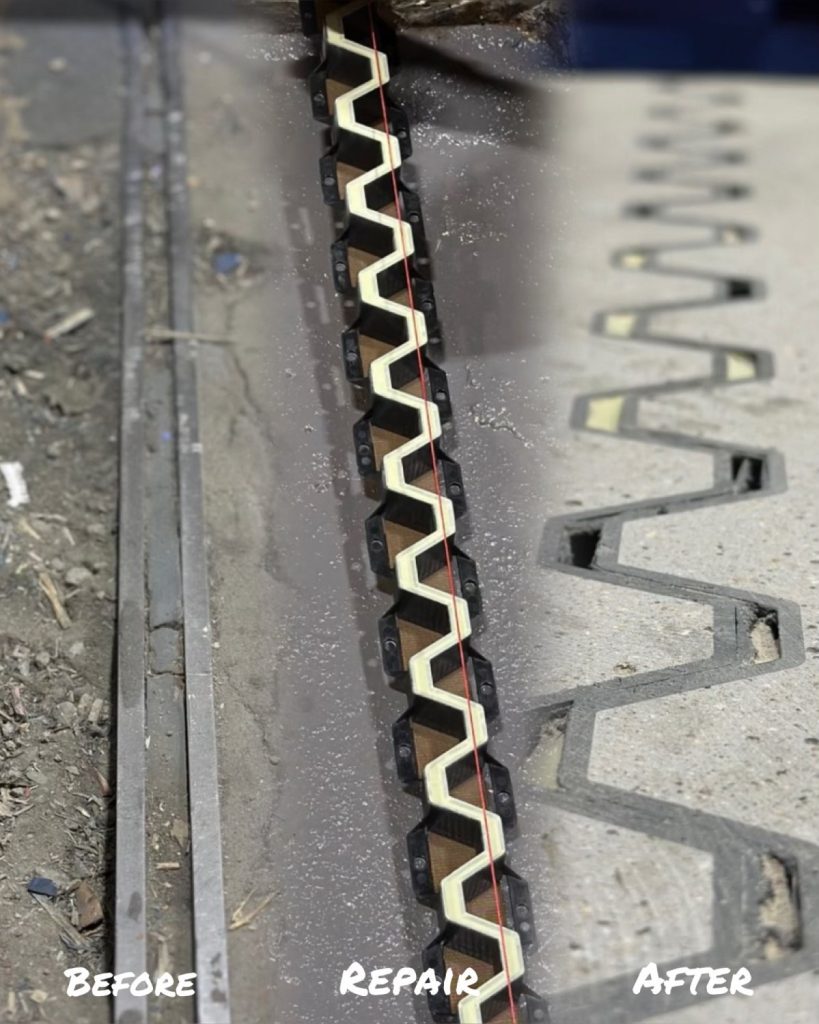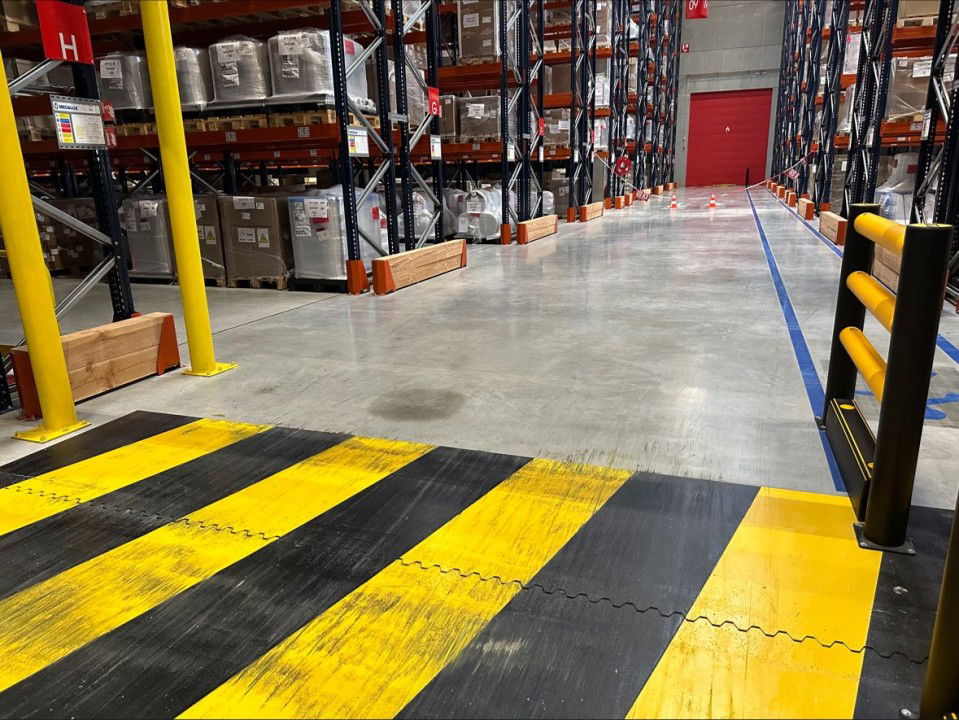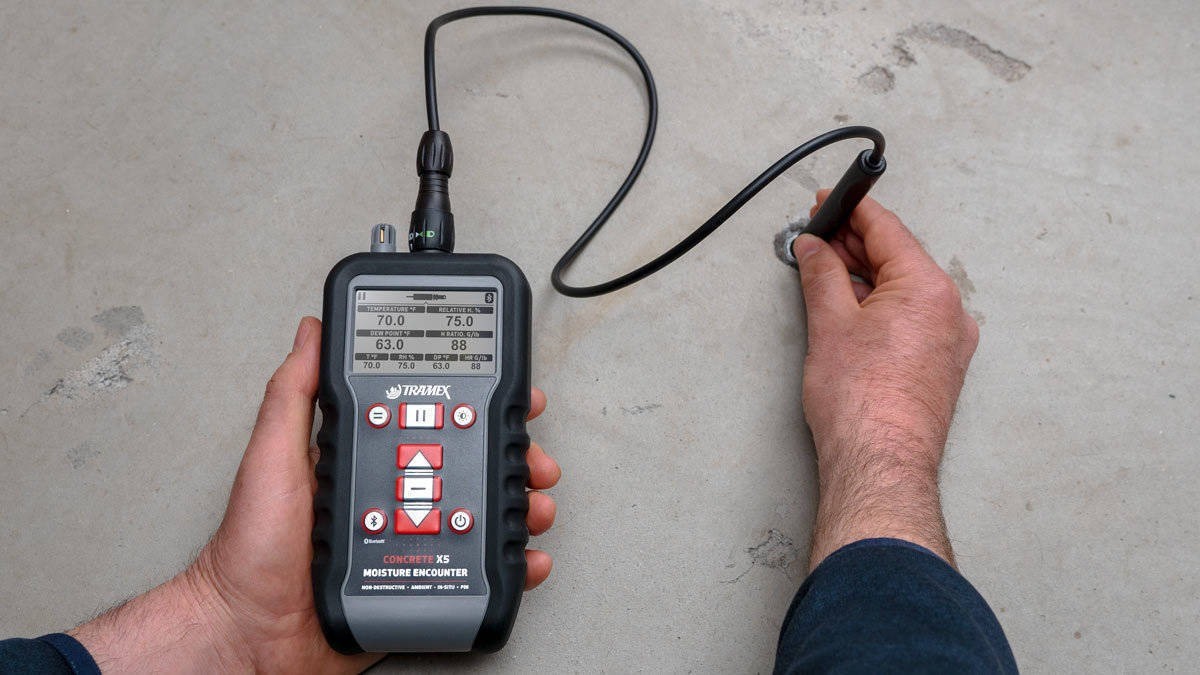Is it more cost-effective to keep a damaged concrete joint and endure slow operations or invest in the Permaban Signature AR system to fix it?
Are your operations running slower than usual because of damaged concrete joints?
Deciding whether to repair a damaged concrete joint using a system like Permaban Signature AR or to keep it as is and tolerate slower operations depends on several factors, including your specific circumstances and priorities. Keep in consideration the following criteria to make an informed decision:
1. Cost Analysis:
Start by evaluating the cost of the Signature AR system and the associated repair or upgrade process. Compare this cost to the potential financial losses from slow operations due to the damaged joint. Consider the impact on productivity, safety, and operational efficiency.
2. Downtime and Productivity:
A damaged concrete joint can lead to slower operations, resulting in longer processing times, increased wear and tear on equipment, and decreased productivity. Calculate the financial implications of this reduced efficiency over time.

3. Safety Concerns:
Damaged joints can pose safety risks to personnel and equipment. Consider the potential costs associated with accidents, injuries, and damage to machinery that may occur due to the damaged joint.
4. Long-Term Savings:
Investing in a high-quality repair and upgrade system like Permaban Signature AR can save long-term costs. The system is designed to provide durable and lasting solutions, reducing the need for frequent repairs or replacements.
5. Aesthetics and Customer Satisfaction:
If your operations involve customer interactions, the appearance of your facility can impact customer satisfaction. Signature AR not only repairs but also improves the aesthetics of the concrete joint, potentially enhancing your facility’s image.
6. Overall Impact:
Consider the impact on your business, including the potential for lost revenue, customer dissatisfaction, and long-term maintenance costs associated with keeping the damaged joint.
7. Return on Investment (ROI):
Calculate the ROI of investing in the Signature AR system based on the potential cost savings, improved efficiency, and safety benefits over time.

Conclusion
In most cases, it is more cost-effective and beneficial in the long run to invest in a reliable repair and upgrade system like Permaban Signature AR. Repairing damaged concrete joints can improve operational efficiency, reduce maintenance costs, enhance safety, and positively impact customer perception. However, the specific financial considerations will depend on the extent of the damage, the scale of your operations, and your budget. Conducting a thorough cost-benefit analysis will help you make an informed decision tailored to your circumstances.





